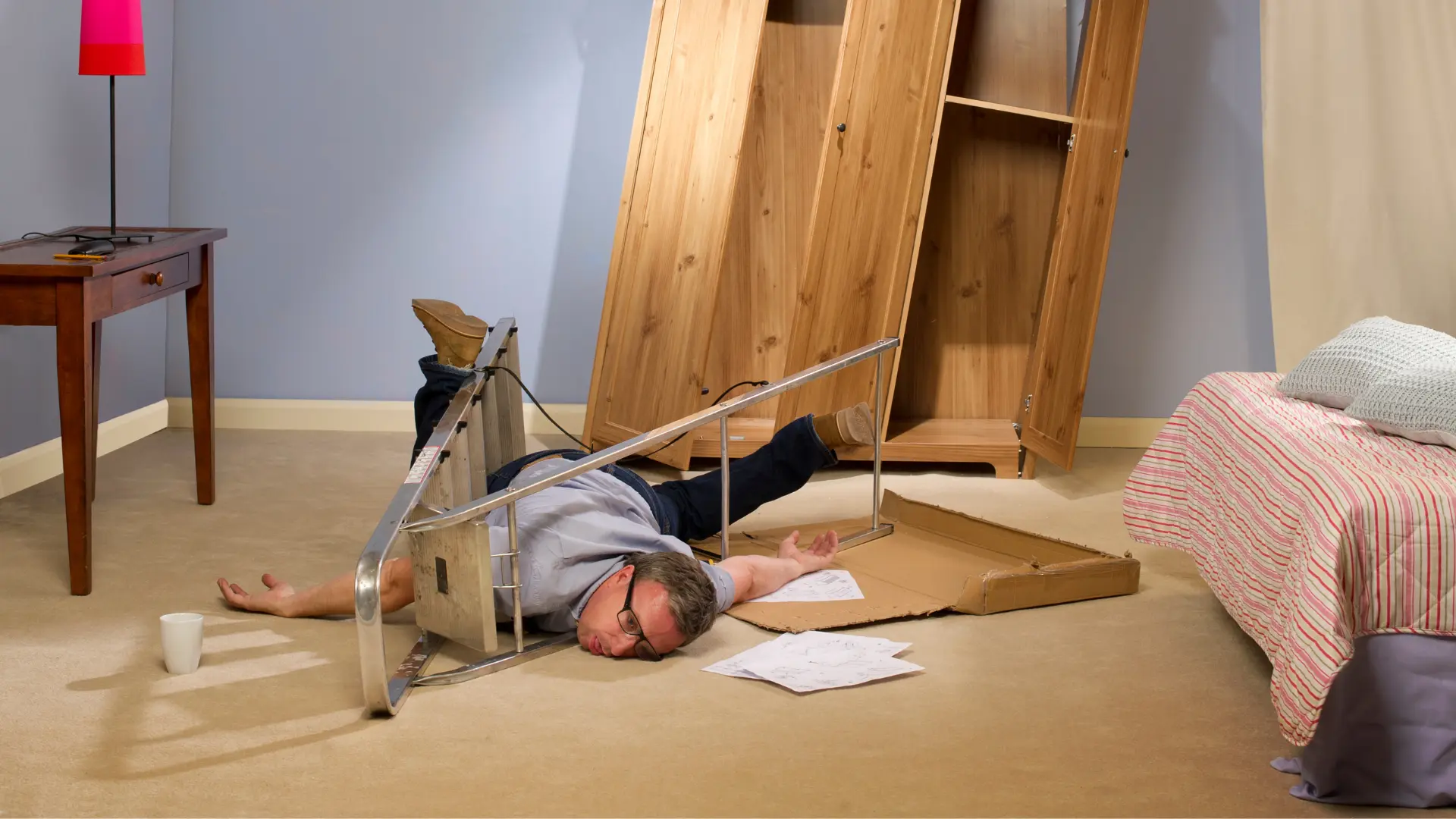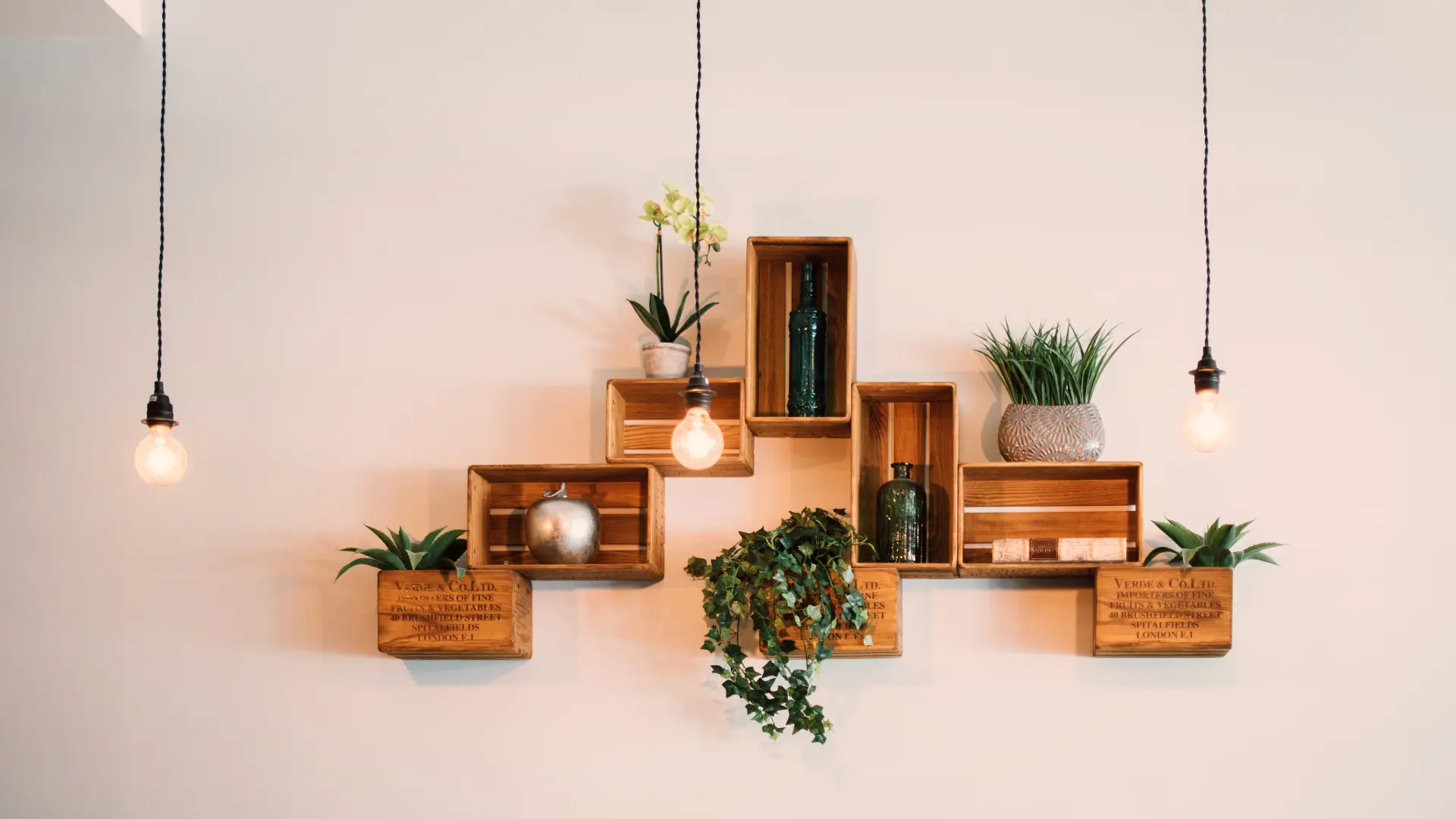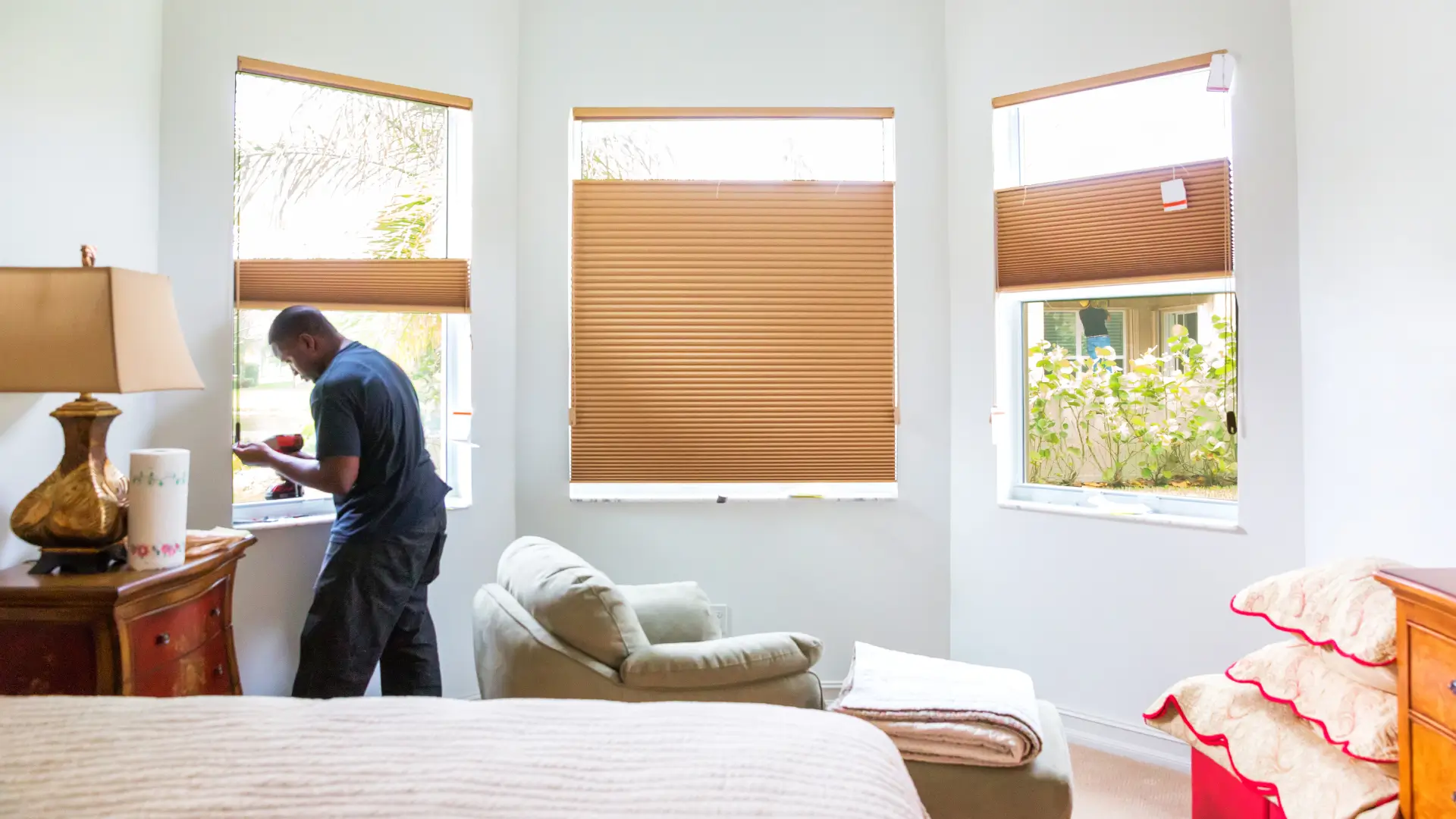Introduction
Engaging in DIY projects can be a rewarding and cost-effective way to enhance your bedroom. However, safety should always be the top priority to ensure a successful and injury-free home improvement experience. This guide highlights common safety hazards, essential safety gear, safety precautions for specific tasks, general DIY safety tips, and emergency preparedness measures.
Common Safety Hazards in Bedroom DIY Projects
Electrical Hazards
Electrical work can pose significant dangers if not handled correctly. Common risks include electric shocks, fires, and damage to electrical systems. Always turn off power at the circuit breaker before starting any electrical work and use insulated tools to minimize risks.
Chemical Exposure
Many DIY projects involve chemicals such as paint, adhesives, and solvents. These substances can emit fumes that are harmful if inhaled. To avoid chemical exposure, use non-toxic products, ensure proper ventilation, and wear appropriate protective gear.
Physical Injuries
Cuts, bruises, and falls are common in DIY projects. These injuries can occur from mishandling tools, improper lifting techniques, or working on unstable surfaces. Always use tools correctly, follow safety guidelines, and maintain a clean workspace to prevent accidents.
Fire Risks
DIY projects that involve electrical work or flammable materials can increase the risk of fire. Ensure that all electrical connections are secure, avoid overloading circuits, and keep flammable materials away from heat sources.
Essential Safety Gear and Equipment
Safety Goggles
Protect your eyes from dust, debris, and chemical splashes by wearing safety goggles. This is especially important when sanding, cutting, or using chemicals.
Gloves
Wear gloves to protect your hands from cuts, abrasions, and chemical exposure. Choose gloves that are appropriate for the specific task, such as rubber gloves for handling chemicals and heavy-duty gloves for manual work.
Dust Masks and Respirators
Use dust masks or respirators to prevent inhalation of dust, fumes, and other harmful particles. This is crucial when painting, sanding, or using adhesives.
Ear Protection
Protect your hearing from loud noises produced by power tools by wearing earplugs or earmuffs.
Sturdy Footwear
Wear sturdy, slip-resistant shoes to protect your feet from falling objects and to provide stability on ladders or uneven surfaces.
Safety Precautions for Common Bedroom DIY Tasks
Painting and Finishing
- Ensure Proper Ventilation: Open windows and use fans to disperse fumes.
- Use Non-Toxic Paints: Choose low-VOC or non-toxic paints to minimize health risks.
- Protect Floors and Furniture: Use drop cloths or plastic sheeting to cover and protect surfaces from paint splatters.
Electrical Work
- Turn Off Power: Always shut off power at the circuit breaker before starting electrical work.
- Use Insulated Tools: Ensure that all tools used for electrical work are properly insulated.
- Consult a Professional: If you are unsure about any aspect of electrical work, hire a licensed electrician to ensure safety and compliance with local codes.
Furniture Assembly and Upcycling
- Use Appropriate Tools: Follow manufacturer instructions and use the correct tools for assembly.
- Secure Furniture: Anchor heavy furniture to walls to prevent tipping, especially in homes with children or pets.
Installing Shelves and Fixtures
- Use a Stud Finder: Locate wall studs to ensure secure mounting of shelves and fixtures.
- Secure Items Properly: Use the correct hardware to support the weight of items.
- Avoid Overloading Shelves: Follow weight limits to prevent shelves from collapsing.
General DIY Safety Tips
Keep Your Workspace Clean and Organized
A cluttered workspace can lead to tripping hazards and other accidents. Keep tools and materials organized and clean up debris regularly.
Use Tools Correctly
Always use tools for their intended purposes and follow the manufacturer’s guidelines. Misusing tools can lead to accidents and damage.
Avoid Working When Tired or Under the Influence
Fatigue and substances can impair judgment and coordination. Always work when you are alert and sober.
Keep a First Aid Kit Nearby
Be prepared for minor injuries by keeping a well-stocked first aid kit in your workspace. Include bandages, antiseptics, and other essentials.
Be Aware of Your Surroundings
Stay alert to potential hazards in your environment, such as electrical wires, sharp tools, and unstable surfaces.
Emergency Preparedness
Know Basic First Aid
Learn basic first aid skills to handle common injuries such as cuts, burns, and sprains. This knowledge can be invaluable in an emergency.
Have Emergency Contact Numbers Readily Available
Keep a list of emergency contact numbers, including medical services and poison control, easily accessible.
Understand How to Use a Fire Extinguisher
Ensure you know how to operate a fire extinguisher and keep one nearby when working on projects that involve fire risks. Familiarize yourself with the different types of extinguishers and their appropriate uses.
Conclusion
Prioritizing safety in all DIY projects is essential to ensure a productive and enjoyable experience. By understanding common hazards, using the right safety gear, following proper precautions, and being prepared for emergencies, you can protect yourself and your home from accidents and injuries. Remember, a successful DIY project is one that enhances your space without compromising your well-being. Always take the necessary precautions to ensure a safe and rewarding home improvement journey.







